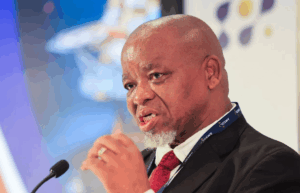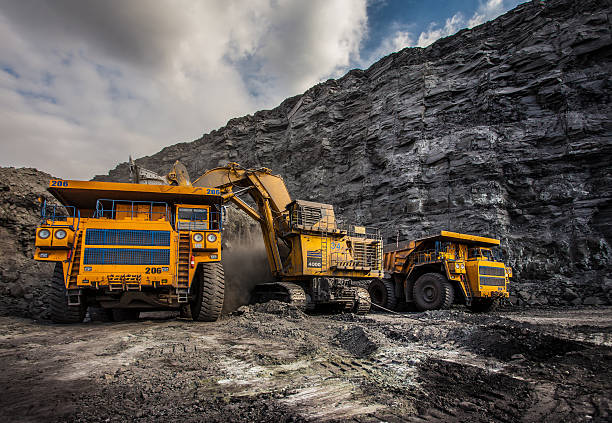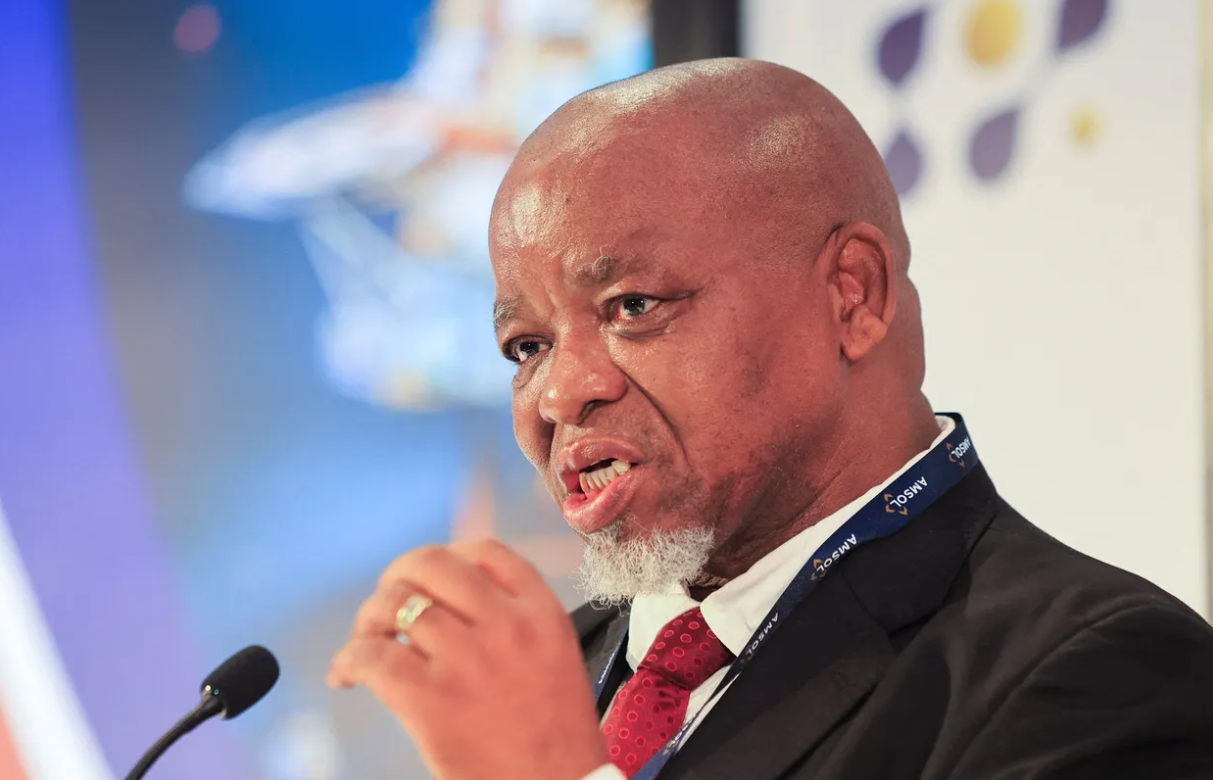Delays in implementing South Africa’s cadastral system could worsen the country’s Fraser Institute ranking performance, which is currently at its lowest point in history as the DMRE struggles to implement the benchmark systems used by investors.
A mining cadastre contains information and data such as geological data, mining jurisdictions, mining permit issuance, expiry dates on previously issued licences, and available mining and prospecting rights.
According to the most recent Fraser Institute Rankings, South Africa’s ranking has dropped into the bottom ten, close to the Democratic Republic of the Congo and Venezuela. Zimbabwe ranked last among investment destinations.
South Africa has the largest deposits of platinum-group metals, battery metal vanadium, chrome, and manganese in the world. According to the exploration strategy document, challenges include poor policy implementation, poor geoscientific data, insufficient electricity generation, frequent strikes, and community unrest.
South Africa was ranked 75th out of 84 jurisdictions in the Fraser Institute Annual Survey of Mining Companies 2021, which is considered a barometer of a country or region’s attractiveness to mining investment. The ranking is South Africa’s lowest ever, ranking 60th out of 77 in 2020 and 40th out of 76 the previous year.
South Africa’s Department of Mineral Resources and Energy (DMRE) announced in parliament last week that lessons in cadastral system implementation would have to be drawn from neighbouring countries such as Namibia and Botswana, which have implemented the systems effectively and fared better in the rankings.
The delays are a massive investment opportunity cost exceeding R100 billion.
“For South Africa to achieve its larger industrial policy agenda, industry and government must first overcome more minor hurdles. Therefore, the DMRE must hold itself accountable for its failure to deliver the mining cadastre and work on expediting its development to unlock the R100-billion embodied in those 4,500 licences, indirectly paving the way for the machinery and equipment value chain to flourish as an additional benefit”, economist Jason F Bell, a researcher at the Centre for Competition Regulation and Economic Development (CCRED) at the College of Business and Economics, University of Johannesburg cautioned earlier this year.
According to Bell, “The move toward an online cadastre for the South African mining sector is heralded to bring about necessary transparency and reduce opportunities for corruption while also acting as a crucial missing piece in South Africa’s mining exploration puzzle”.
However, after more than a decade, the department has finally admitted that its systems had deteriorated so dysfunctional that they would have to look at other jurisdictions where the systems had improved investment.
DMRE Deputy Director General for Corporate Services Hilda Mhlongo informed the Parliamentary Portfolio Committee on Minerals that the department had officially started a new procurement process for a system that could draw implementation experiences from Botswana and Namibia. The Government’s Information Technology Agency (SITA) would then be expected to assist with advertising the tenders, with the tender process expected to be completed by December 15, 2022.
“The terms of reference for a new procurement are still being compiled and will be completed at the end of November 2022 through the bid specification committee,” Mhlongo said.
However, dithering and delays would push the regulatory regime’s uncertainties even lower in the Fraser Institute Rankings.
South Africa announced earlier this year that it intended to attract $900 million in annual investment in exploration of its substantial mineral wealth by removing bottlenecks, improving resource mapping, and shifting its focus away from precious metals.
Massive gaps in the implementation of a cadastral system, which creates transparency in applications and mining prospecting activities in the country, may have a negative impact on investment in exploration activities in South Africa, limiting the contribution mining may make to the economy.
“A sound and predictable regulatory regime coupled with competitive fiscal policies help make a jurisdiction attractive in the eyes of mining investors,” said Elmira Aliakbari, director of the Fraser Institute’s Centre for Natural Resource Studies and co-author of the 2022 study.
Fearing rising cyber security concerns, the DMRE appears to have resisted implementing an open-source software system, instead demanding a proprietary system, leading SITA to abandon the procurement of an off-the-shelf solution. However, the DMRE blamed SITA’s “flawed process, which could attract adverse audit findings,” Mhlongo told MPs.
“For 12 years the DMRE has insisted the cadastral system was functional and when they admitted it wasn’t they first had to try everything else before reaching the right conclusion,” James Lorimer, DA spokesperson for mining said.
The Annual Survey of Mining Companies, 2021 finds that on the Overall Investment Attractiveness Index, Saskatchewan in Canada ranks in the global top three for the fourth time in five years (having jumped from third in 2020 to second in 2021), followed by Quebec at sixth, and the Yukon (also jumped from 18th last year to ninth this year).
Of the 4,647 pending applications for mining permits, mining rights, and permit rights reported in March 2021, the DMRE was able to process 43,5% of them. There are currently 2,625 unfinished applications in the backlog.
Members of parliament were also to receive an update from the DMRE on the status of the probes into the Mpumalanga, Limpopo, and North West regional offices.
About Frasers Institute Rankings
The Fraser Institute’s annual survey of mining and exploration companies 2021 survey attempted to assess how mineral endowments and public policy factors such as taxation and regulatory uncertainty affect exploration investment. The survey was circulated electronically to approximately 2,200 individuals between August 23rd to November 19th, 2021. Survey responses have been tallied to rank provinces, states, and countries according to the extent that public policy factors encourage or discourage mining investment.












